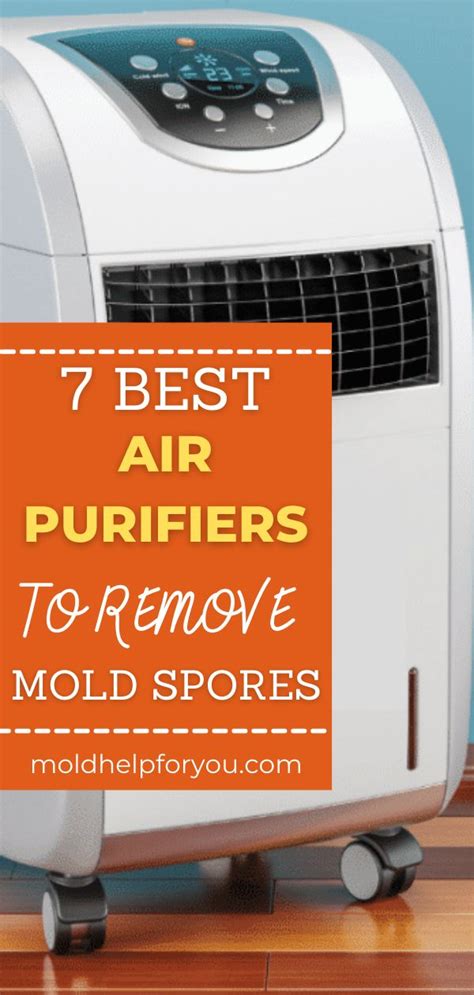Mold, a type of fungus, thrives in damp and humid environments, releasing spores that can cause a plethora of health issues. As of 2021, the Centers for Disease Control and Prevention (CDC) estimates that 10% of U.S. homes have mold problems, posing a significant threat to indoor air quality. Fortunately, air purifiers and mold removal services offer effective solutions to combat this issue.

Air Purifiers: Trapping Mold Spores
Air purifiers employ various technologies to capture mold spores, including:
- HEPA Filters: High-Efficiency Particulate Air filters effectively remove up to 99.97% of particles as small as 0.3 microns, including mold spores.
- Carbon Filters: These filters adsorb odors and chemicals released by mold, improving the overall air quality.
- UV-C Light: Ultraviolet C light kills mold spores by damaging their DNA, preventing their growth and reproduction.
Mold Removal: Eliminating the Source
Mold removal, on the other hand, involves physically removing the mold from surfaces where it has colonized. This can be accomplished through the following methods:
- Manual Cleaning: Using a solution of bleach or vinegar, scrub moldy surfaces with a brush or sponge to eliminate visible growth.
- Professional Mold Remediation: Certified mold remediation professionals use specialized equipment and techniques to thoroughly clean and remove mold from homes or businesses.
Air Purifier vs. Mold Removal: Pros and Cons
Choosing between an air purifier and mold removal depends on the severity of the mold problem. Here’s a comparison of their advantages and disadvantages:
| Feature | Air Purifier | Mold Removal |
|---|---|---|
| Effectiveness | Captures mold spores | Eliminates mold source |
| Cost | Relatively low | Can be expensive |
| Time | Continuous operation | One-time or occasional treatment |
| Convenience | Easy to use | Requires professional assistance |
Choosing the Best Solution:
For minor mold problems, such as occasional mold growth on surfaces, an air purifier can be an effective solution. It continuously removes mold spores from the air, preventing their accumulation and potential health risks. However, for more severe mold infestations or hidden mold growth, professional mold removal is essential to eliminate the source and prevent recurrence.
Current Status and Future Trends
In 2023, the U.S. air purifier market size was valued at $8.5 billion, projected to reach $16.5 billion by 2030.** The growing awareness of indoor air quality, coupled with the increasing prevalence of mold problems, is driving this market expansion.
**Emerging Technologies:
Researchers are exploring innovative technologies to enhance air purification and mold removal. One promising approach is nanotechnology, which involves the use of nanoparticles to target and destroy mold spores more effectively. Additionally, bio-based air purifiers** that utilize microorganisms or enzymes to neutralize mold spores are gaining traction.
Tips and Tricks for Effective Mold Management
- Regular Cleaning: Clean surfaces regularly with a bleach or vinegar solution to prevent mold growth.
- Control Humidity: Maintain indoor humidity levels below 60% using a dehumidifier or air conditioner.
- Fix Leaks: Address any leaks promptly to prevent moisture buildup, a breeding ground for mold.
- Ventilate: Open windows and use exhaust fans to promote air circulation and reduce moisture levels.
- Inspect Regularly: Search for signs of mold growth, such as musty odors, discoloration, or water damage, and address them immediately.
Conclusion
Air purifiers and mold removal are both valuable tools in maintaining indoor air quality. While air purifiers can effectively capture mold spores, mold removal is necessary to eliminate the source and prevent future infestations. The choice between the two depends on the severity of the mold problem. By understanding the differences between these approaches, you can make informed decisions to protect your indoor environment and ensure a healthy living or working space.





















